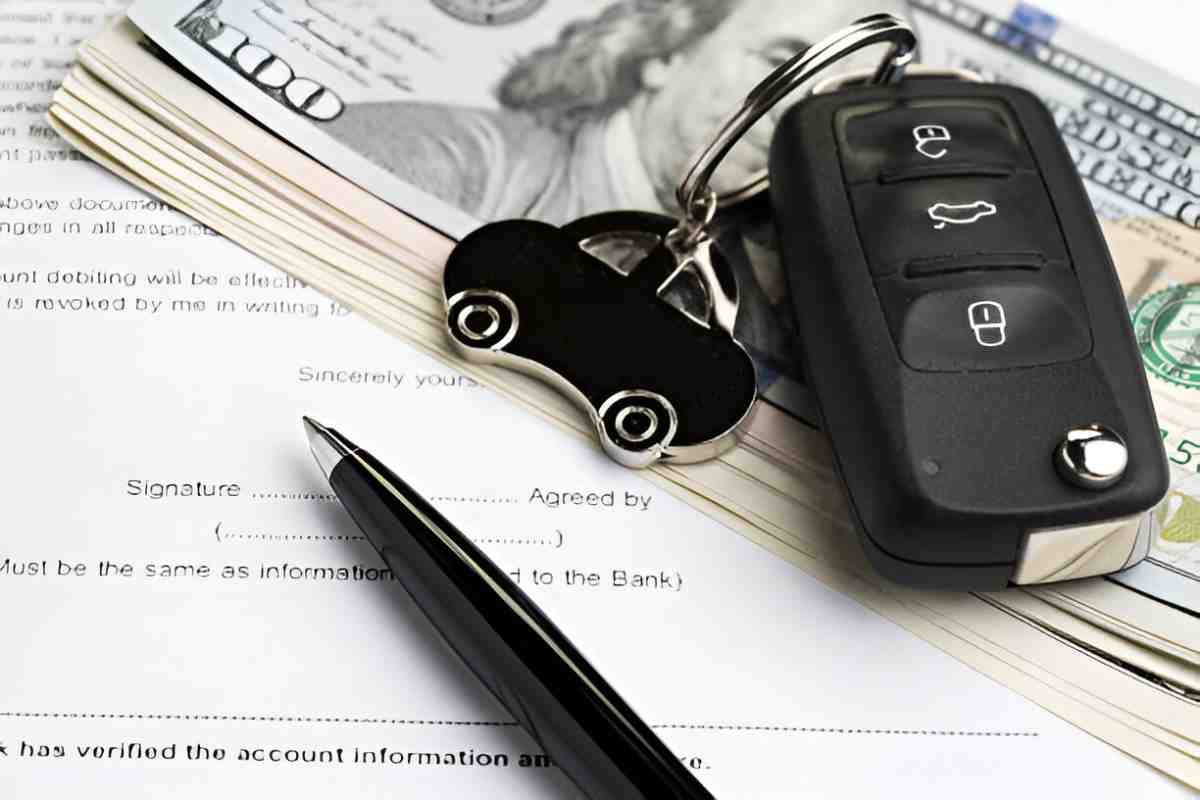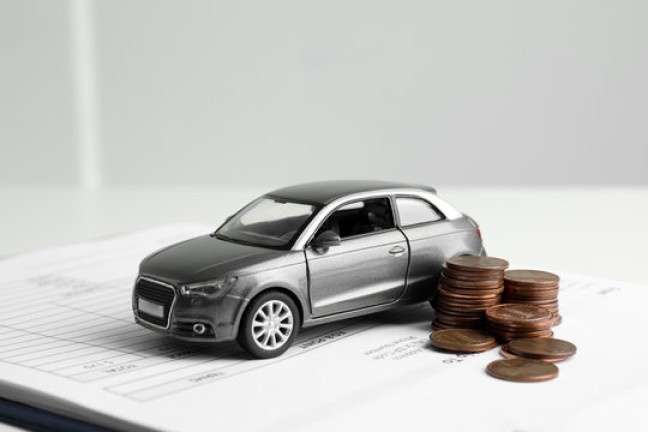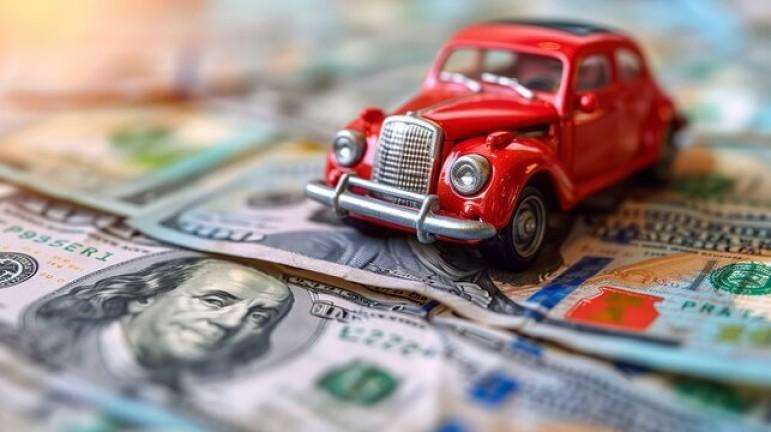When it comes to purchasing a car, many people turn to financing options. This is often because paying the full amount upfront may not be feasible for most people. While car financing can make owning a vehicle more accessible, it’s crucial to understand the options available and what makes financing affordable. In this guide, I’ll walk you through everything you need to know about affordable car finance, from loan types to practical steps on how to secure a good deal. My goal is to equip you with the knowledge to make an informed decision without feeling overwhelmed.
Table of Contents
Understanding Car Finance
Car finance is a broad term that refers to the various ways to fund a car purchase through credit. In simple terms, it’s borrowing money from a lender with the promise to pay it back over time, typically in monthly installments. When I think of car finance, I break it down into several key categories. Understanding each of these options will help you make the most affordable choice.
There are several types of car finance options available, including hire purchase (HP), personal contract purchase (PCP), and personal loans. Each one offers unique features, so let’s explore them in detail.
Types of Car Finance
- Hire Purchase (HP): With HP, you typically put down a deposit, and then you agree to pay the remaining balance through fixed monthly payments. After the term is up, you own the car outright. I find this option particularly appealing if you prefer to eventually own the vehicle without the hassle of a large upfront cost. The monthly payments are predictable, which can help you manage your budget.
- Personal Contract Purchase (PCP): PCP is another common option. It’s somewhat similar to HP, but with a key difference. At the end of the contract, you can either return the car, pay a final lump sum to own it, or trade it in for a new model. This is often a good choice if you plan to change cars every few years. The monthly payments with PCP are usually lower than HP because you’re essentially paying for the car’s depreciation rather than the full price.
- Personal Loan: A personal loan works differently from the other two. Instead of paying a car dealership or finance company directly, you borrow money from a bank or credit institution. Once approved, you repay the loan over an agreed period. The main benefit of using a personal loan for car finance is that you have full ownership of the car from the start, unlike PCP or HP. If you can secure a low-interest rate on the loan, this option could be quite affordable.
- Leasing: Car leasing is a popular option for those who want to drive a new car every few years without the hassle of ownership. With leasing, you pay a fixed monthly amount to use the car, but you never own it. The leasing term usually ranges from 2 to 5 years. The downside, however, is that you have to return the car at the end of the contract and may face additional charges for exceeding mileage limits or damage.
How to Calculate the Affordability of Car Finance
It’s easy to get caught up in the excitement of owning a new car, but it’s important to stop and evaluate the true cost of car finance. To figure out if a car finance deal is affordable, you need to consider several factors. I’ll walk you through an example of how to calculate the total cost of financing a car and the monthly repayments involved.
Example 1: Hire Purchase (HP)
Let’s say you want to buy a car worth £15,000. You’re asked to pay a 10% deposit, and you choose a 5-year term with an annual interest rate of 6%. Let’s break down the numbers:
| Description | Amount (£) |
|---|---|
| Car price | 15,000 |
| Deposit (10%) | 1,500 |
| Amount to finance | 13,500 |
| Interest rate | 6% |
| Term length | 5 years (60 months) |
To calculate the total interest payable, I use a standard formula for HP:
Interest = Principal × Rate × Time
Interest = £13,500 × 6% × 5 = £4,050
The total amount you will repay is the sum of the amount financed plus the interest:
Total Repayment = £13,500 + £4,050 = £17,550
Now, to calculate the monthly payment:
Monthly Payment = £17,550 ÷ 60 = £292.50
In this case, you will be paying £292.50 per month for 5 years. This amount covers both the principal and the interest.
Example 2: Personal Contract Purchase (PCP)
Let’s say you want the same £15,000 car but with PCP financing. You’re asked to pay a 10% deposit, and the interest rate is 6% over 4 years. However, because PCP is based on the car’s depreciation, your monthly payments are lower, but there’s a final balloon payment at the end of the contract.
| Description | Amount (£) |
|---|---|
| Car price | 15,000 |
| Deposit (10%) | 1,500 |
| Amount to finance | 13,500 |
| Interest rate | 6% |
| Term length | 4 years (48 months) |
| Estimated value at end | 5,000 |
In this case, I expect the car to be worth around £5,000 at the end of the term, which is the balloon payment. Now, let’s calculate the monthly payments, assuming the interest applies to the amount financed after the deposit, and the monthly payments cover the difference between the car’s initial price and its value after 4 years.
First, we subtract the balloon payment from the total price:
Amount to finance = £15,000 – £5,000 = £10,000
Now, we calculate the interest:
Interest = £10,000 × 6% × 4 = £2,400
Total repayment = £10,000 + £2,400 + £5,000 = £17,400
To calculate the monthly payment:
Monthly Payment = £17,400 ÷ 48 = £362.50
In this example, your monthly payment is £362.50, which is higher than HP due to the balloon payment at the end of the contract.
Comparison of Options
| Loan Type | Monthly Payment (£) | Total Repayment (£) | Ownership at End |
|---|---|---|---|
| Hire Purchase (HP) | 292.50 | 17,550 | Yes |
| Personal Contract Purchase (PCP) | 362.50 | 17,400 | Option to own after final payment |
| Personal Loan | 300.00 | 18,000 | Yes |
Factors to Consider When Choosing Affordable Car Finance
Now that I’ve given you some examples, here are several factors to consider when choosing the most affordable car finance option:
- Interest Rates: Lower interest rates mean lower total repayments. Always shop around for the best rate, and remember that a higher deposit may help you secure a better rate.
- Loan Term: Shorter loan terms usually mean higher monthly payments but lower total interest paid. A longer term can reduce monthly payments but may increase the total amount you pay in interest.
- Depreciation: Some financing options, like PCP, take into account how much the car will be worth at the end of the contract. If you don’t plan on keeping the car, this might be a good way to keep monthly payments low.
- Additional Costs: When financing a car, make sure to account for additional costs like insurance, maintenance, and taxes. These can significantly increase the overall cost of car ownership.
- Your Financial Situation: It’s important to consider your own budget and whether you can afford the monthly payments. Don’t stretch yourself too thin; it’s better to choose a more affordable option even if it means getting a cheaper car.
Final Thoughts
When looking for affordable car finance, it’s vital to compare all your options carefully. As I’ve shown through these examples, the monthly payments and total cost can vary significantly depending on the type of financing and loan terms. Ultimately, the best option for you will depend on your budget, how long you plan to keep the car, and how much interest you’re willing to pay.
Before committing to any finance plan, I suggest using an online car finance calculator to get a better idea of the monthly payments. Additionally, always read the fine print of any contract to ensure there are no hidden fees or penalties.
With this guide, I hope you feel more equipped to navigate the world of affordable car finance. I encourage you to take your time, research all your options, and choose the deal that works best for your financial situation. By doing so, you’ll be able to drive away in your new car with peace of mind, knowing that you’ve made a smart financial decision.




